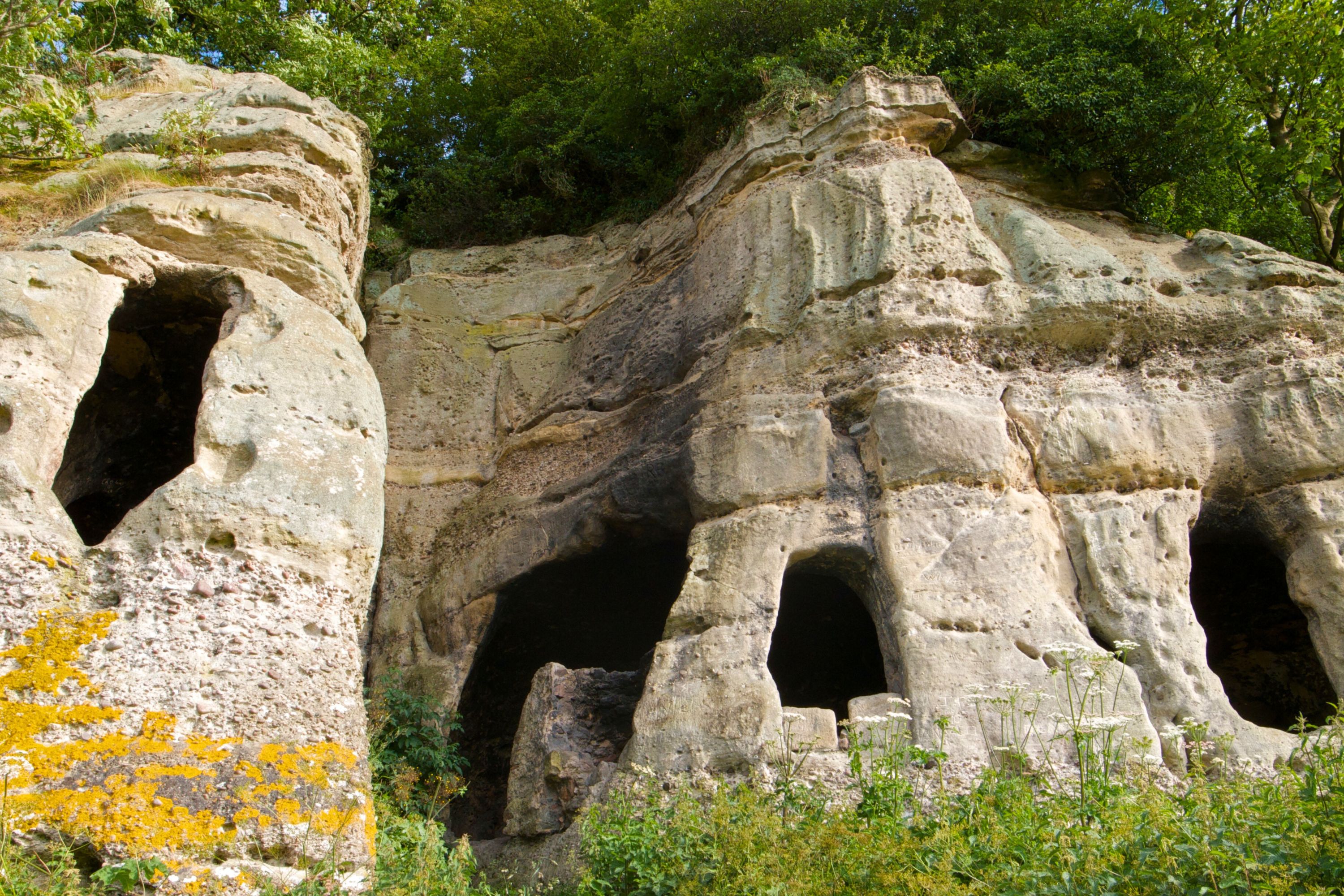A 1,200-Year-Old British Cave Dwelling Is Believed To Have Been The Ancient Lair Of An Exiled King

Archaeologists identified a British cave dwelling as the refuge for an exiled Anglo-Saxon king in 2021.
Before then, Anchor Church Caves was considered to be an extravagant building that had been made simply for decoration or as a joke. However, researchers determined that it was truly a lair for a king.
The cave house is located by the River Trent in central England. The 1,200-year-old structure was built during the life of Northumbrian King Eardwulf. He was ousted from the throne and forced to live as a hermit until he became a saint later on.
According to legend, Eardwulf, who also became known as St. Hardulph, lived in the cave-dwelling after he was deposed and exiled in A.D. 806. It is unclear what exactly he was banished for.
A 16th-century book noted that Eardwulf had “a cell in a cliff a little from the Trent.” In A.D. 830, the king was buried five miles away from the cave.
The archaeologist and lead investigator of the project, Edmund Simons from the Royal Agricultural University in England, believed that Eardwulf was closely monitored by his enemies while living in the cave.
Eardwulf ruled medieval England during a time of political instability. Overall, seven major kingdoms and more than 200 kings warred against each other for power in the 7th, 8th, and 9th centuries. After his two immediate predecessors were murdered, Eardwulf took the throne in A.D. 796.
He reigned over Northumbria for just 10 years before he was overthrown, possibly by his own son, and made to spend the rest of his life in exile in the rival kingdom of Mercia. He lived in the lair with his disciples.
“It was not unusual for deposed or retired royalty to take up a religious life during this period, gaining sanctity and, in some cases, canonization,” Simons said. “Living in a cave as a hermit would have been one way this could have been achieved.”
brianwhittaker – stock.adobe.com – illustrative purposes only
Sign up for Chip Chick’s newsletter and get stories like this delivered to your inbox.
Simons and his team of researchers were able to map out the original plan of the caves by conducting a drone survey and carefully studying the architectural features, which were very similar to other Saxon architecture. The caves consisted of three rooms and a chapel that faced east.
In the 18th century, the Anchor Church caves were renovated under the order of the English aristocrat Sir Robert Burdett.
He modified it so he could host dinners with his friends in a cool environment with an elaborate setting. He widened the entrances and added brickwork and window frames.
The only intact domestic buildings to have survived from the Saxon period may be cave dwellings, according to Simons.
The team has found 20 other cave houses in west-central England that could date back to the 5th century. Surely, more examples from Anglo-Saxon England are out there somewhere.
Welcome to Billionaire Club Co LLC, your gateway to a brand-new social media experience! Sign up today and dive into over 10,000 fresh daily articles and videos curated just for your enjoyment. Enjoy the ad free experience, unlimited content interactions, and get that coveted blue check verification—all for just $1 a month!
Account Frozen
Your account is frozen. You can still view content but cannot interact with it.
Please go to your settings to update your account status.
Open Profile Settings